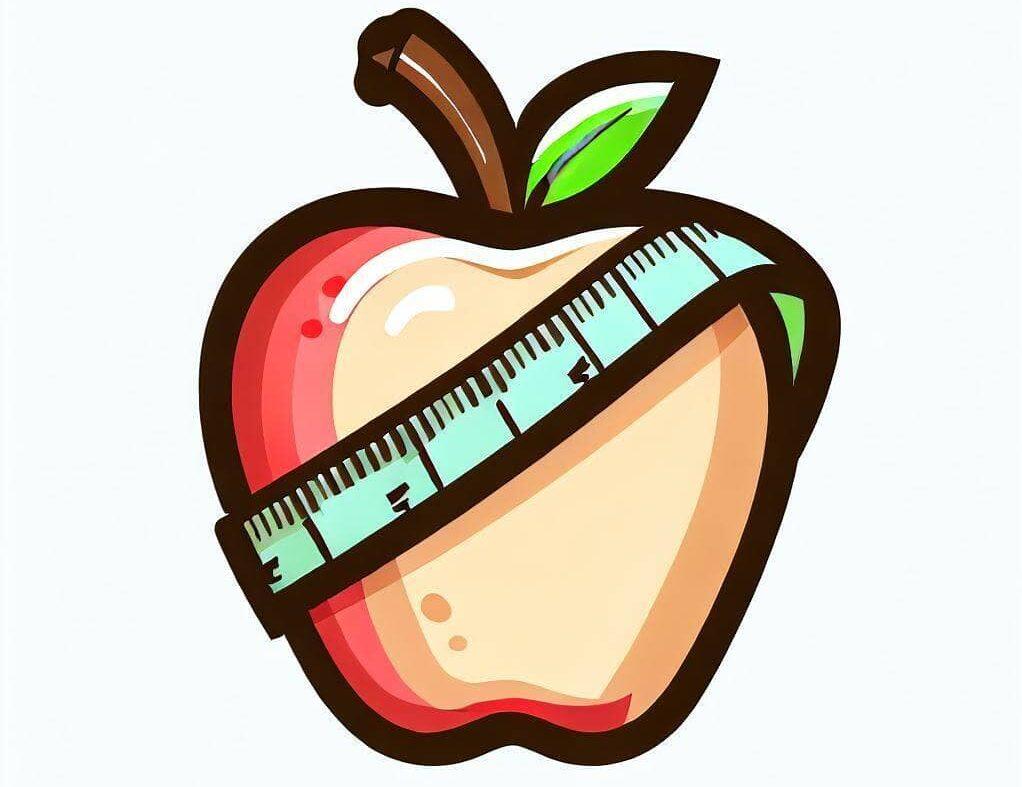Is Salami Good for Weight Loss?
This post may contain affiliate links which means I may receive a commission for purchases made through links at no extra cost to you. See my disclosure policy for more information.
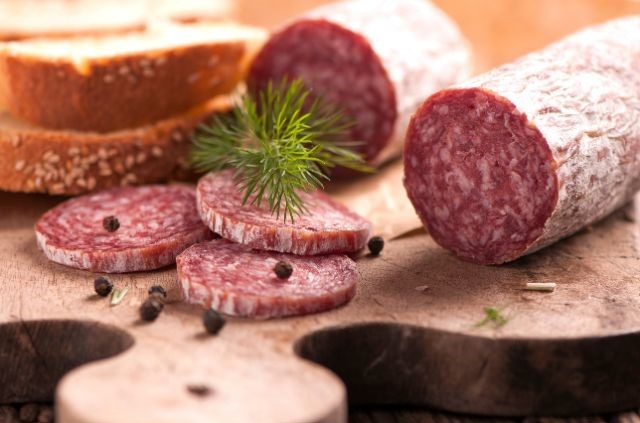
“So, you’re wondering if salami can help you lose weight? Well, it’s not a straightforward ‘yes’ or ‘no’. Sure, salami’s packed with protein, which is a big thumbs up for weight loss, but we can’t ignore the high sodium and saturated fat, can we?
So, how about we dive in together and figure this all out? Let’s uncover what makes salami tick and see how it fits into your weight loss journey. Ready to explore? Let’s go!”
How is Salami Made?
Salami is a type of cured sausage that is traditionally made from fermented and air-dried meat, most commonly beef or pork. The process of making cured salami involves a few key steps:
Preparation of the Meat: The meat used in salami is typically a mixture of lean meat and fat. This blend is carefully proportioned to ensure the right balance of flavors and textures in the finished product. The meat is then minced or ground into small pieces.
Seasoning: Next, the ground meat is seasoned. The exact mix of seasonings used can vary widely, but it often includes elements like salt, garlic, and various herbs and spices.
Curing: The seasoned meat is then treated to begin the curing process. This typically involves adding a curing agent like sodium nitrate or sodium nitrite, which helps to preserve the meat and gives the salami its distinctive color. However, in recent years, many manufacturers have begun using natural curing agents like celery powder, which can serve the same purpose.
Fermentation: The cured meat mixture is then packed into a casing and allowed to ferment. During this fermentation process, beneficial bacteria consume the sugars in the meat, producing lactic acid. This acid lowers the pH of the meat, effectively “pickling” it and helping to preserve it.
Drying: After fermentation, the salami is air-dried. This process reduces the moisture content of the meat, further aiding in preservation. The length of the drying process can vary, but it often lasts several weeks or even months.
Aging: Finally, the salami is aged until it reaches the desired texture and flavor. This can take anywhere from a few weeks to over a year, depending on the specific type of salami being made.
Nutritional Value of Salami
As per the USDA 3 slices of this food contain the following nutrients:
Serving size: 27 g (3 slices)
Calories: 99 kcal
Fat: 8 g
Total carbs: 0.5 g
Net carbs: 0.5 g
Fiber: 0 g
Protein: 7 g
The Potential Benefits of Salami for Weight Loss
Satiety and Control Over Hunger

One potential benefit of salami in a weight loss diet is its potential to promote satiety. Because it is a protein-rich food, and protein is known for its ability to promote feelings of fullness.
When you feel full and satisfied after a meal, you’re less likely to snack between meals or overeat, which can help keep your calorie intake in check.
This can be particularly beneficial if you’re trying to create a calorie deficit for weight loss.
Contribution to Muscle Maintenance

Another advantage of the high protein content in salami relates to muscle growth and maintenance.
When you’re trying to lose weight, you want to ensure that as much of the weight lost is fat and as little as possible is muscle.
Consuming adequate protein can help with this. Protein provides the amino acids that your body needs to repair and build new muscle tissue, a process that could be particularly important if you’re also engaging in resistance training as part of your weight loss strategy.
Also read: Are Protein Pancakes Good for Weight Loss?
Suitability for Low Carb and Keto Diets
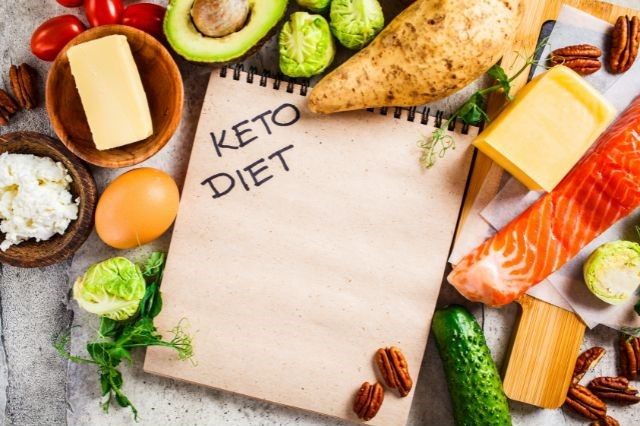
Salami can be a suitable choice if you’re following a specific diet like a ketogenic or other low-carb diet.
These diets aim to reduce carbohydrate intake, often to induce a metabolic state known as ketosis, in which the body burns fat for energy instead of glucose.
Because salami is high in protein and fat but low in carbohydrates, it fits well into these dietary approaches.
Variety and Satisfaction in Diet

From a psychological perspective, including foods you enjoy, like salami, can make your weight loss journey more enjoyable and sustainable.
Restrictive diets can lead to feelings of deprivation, which can undermine weight loss efforts in the long run.
Having a variety of foods can contribute to a healthier relationship with food and promote long-term adherence to healthier eating habits.
Risks and Downsides of Consuming Salami for Weight Loss
High Sodium Content
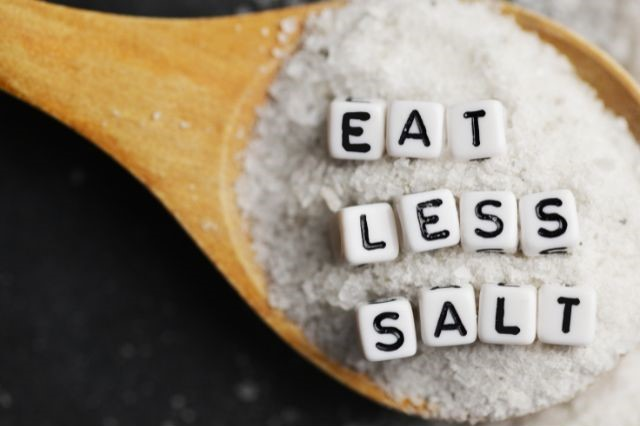
One of the main drawbacks of consuming salami, especially in larger quantities, is its high sodium nitrates. A diet high in sodium nitrite can lead to water retention and temporary weight gain.
But more importantly, consistently high sodium diets and processed meat consumption are associated with more serious health issues such as high blood pressure, which is a risk factor for heart disease and stroke.
Saturated Fat and Cholesterol
Another downside to consuming salami is its saturated fat content. While fats play a crucial role in our diet, consuming too many saturated fats can raise the level of cholesterol in your blood, which can increase your risk of heart disease.
Thus, even if you are managing to stay within your daily calorie limits while consuming salami, the type of fats found in this meat could potentially be problematic if consumed in excess.
Processed Meats and Health Risks
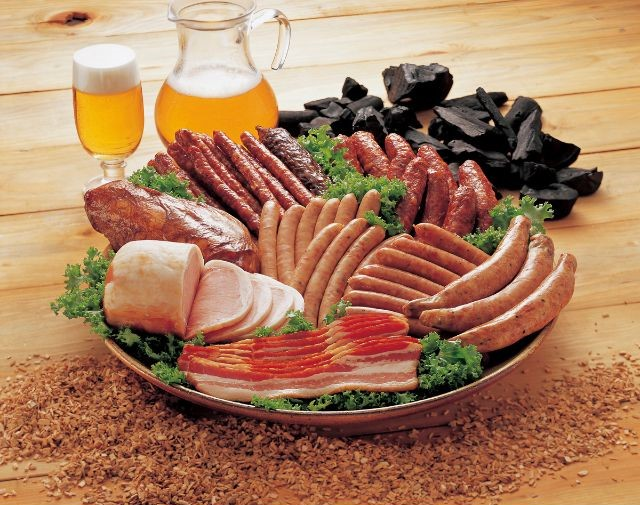
Salami falls under the category of processed meats, which also includes foods like hot dogs, bacon, and ham.
These are meats that have been transformed through salting, curing, fermentation, smoking, or other processes to enhance flavor or improve preservation.
According to the World Health Organization, processed meat consumption may increase the risk of developing certain types of cancer, including colorectal cancer.
Therefore, while eating salami occasionally is unlikely to harm your health, regular consumption of large amounts might.
Calories and Portion Control

Even though salami is rich in protein, it’s also high in calories due to its fat content. For those trying to lose weight, monitoring calorie intake is crucial.
It can be easy to eat more salami than you intended, leading to consuming more calories than planned.
This is why portion control is important when incorporating salami into a weight-loss diet.
Also read: Are Pork Chops Good for Weight Loss?
Tips for Choosing the Healthiest Type of Salami
When it comes to selecting the healthiest type of salami for a weight loss diet or just general health, there are a few key factors to consider:
Look For Low-Sodium Salami
As previously mentioned, salami is typically high in sodium. Look for low-sodium or reduced-sodium options if available.
This can help keep your overall sodium intake within recommended levels and reduce the risk of health problems like high blood pressure.
Watch Out For Preservatives
Traditional salami is cured using a mix of salts and nitrates or nitrites, which act as preservatives and give the salami its distinctive pink color.
However, there has been some controversy around the use of nitrites and nitrates due to potential health concerns.
Some manufacturers now offer nitrate-free or nitrite-free versions of salami, which are preserved using natural ingredients like celery juice or powder.
These can be a healthier choice.
Opt For Leaner Versions Of Salami
While all salami will contain some amount of fat, the fat content can vary depending on the type of meat used and the preparation process.
Try to opt for salami that uses leaner cuts of meat or has a lower overall fat content.
This will help keep the calorie content in check and reduce the amount of saturated fat in your diet.
Look Out For Additives
Many types of salami contain additives like dextrose (a type of sugar) and various types of flavor enhancers.
While these aren’t necessarily harmful in small quantities, they can contribute to the overall calorie content of the salami.
Check the ingredients list and try to select salami with the fewest additives.
Prefer Organic Or Grass Fed Salami
If your budget allows, consider choosing salami made from organic or grass-fed meat.
These types of meat often have a healthier fat profile (higher in omega-3 fatty acids, for example) and avoid potential issues related to antibiotics or hormones used in conventional livestock production.
Portion Sizes: Finally, remember that even the healthiest salami should be consumed in moderation. Pay attention to portion sizes to avoid accidentally consuming more calories than you intended.
Also read: Is Spam Good for Weight Loss?
Tips For Adding Salami to a Weight Loss Diet
While raw meat and salami have some potential drawbacks, they can still be enjoyed as part of a balanced and healthy diet. Here are a few strategies for doing so:
Use Salami as a Flavor Accent
Instead of eating large quantities of salami, consider using it as a flavor accent. Just a small amount can provide a rich flavor to a variety of dishes.
For example, you can chop a small amount of salami and add it to salads, vegetable stir-fries, or whole-grain pasta dishes.
This allows you to enjoy the taste of salami without overdoing it on calories and sodium.
Pair Salami with Nutrient-Rich Foods
Another strategy for including salami in a healthy diet is to pair it with nutrient-rich foods. This can help balance out the nutritional profile of your meal.
For instance, you could have a small serving of salami with a large salad loaded with fresh vegetables, a source of whole grains like quinoa or brown rice, and a piece of fruit for dessert.
Opt for Healthier Varieties
As we discussed earlier, not all salami is created equal. If you’re going to include salami in your diet, opt for varieties that are lower in sodium and free from added nitrates or nitrites.
Some types of salami are also made from leaner cuts of meat, resulting in a lower fat and calorie content.
Practice Portion Control
Because salami is calorie-dense, it’s important to keep portion sizes in check. A standard serving size for deli meats is typically about 2 ounces or roughly six thin slices.
Sticking to the recommended serving size can help prevent accidental overeating and keep your calorie intake within your target range.
Also read: Is Pepperoni Good for Weight Loss?
Alternatives to Salami for Weight Loss
There are plenty of other food choices that can provide the benefits of salami with fewer potential drawbacks. Let’s explore a few:
- Turkey or Chicken Breast: Lean cuts of turkey or chicken are an excellent source of protein and are much lower in both fat and sodium than salami. They can be cooked in various ways or even sliced for use in sandwiches, just like salami, but with fewer calories and less saturated fat.
- Fish: Fish, particularly fatty fish like salmon and mackerel, is another great source of protein. It also contains heart-healthy omega-3 fatty acids, which have been shown to have numerous health benefits, from boosting brain function to reducing inflammation.
- Plant-Based Proteins: Foods like lentils, chickpeas, and tofu are rich in protein and fiber, helping you feel full while providing beneficial nutrients. They also have the added benefit of being low in fat and free from the potential downsides of processed meats.
- Cheese: In moderate amounts, cheese can be a good source of protein and calcium. Opt for low-fat or reduced-fat varieties to keep the calorie and fat content in check.
- Lean Beef or Pork: Like salami, these are rich in protein and can be quite satisfying. Opt for lean cuts to keep the saturated fat and calorie content lower.
- Eggs: Eggs are an excellent source of protein and also contain a wide range of vitamins and minerals. They’re versatile, too, and can be used in anything from sandwiches to egg salads to main dishes.
- Nuts and Seeds: For a non-meat option that still packs in the protein, consider nuts and seeds. They’re also a great source of healthy fats and fiber. Just remember, they’re quite calorie-dense, so portion control is key.
Also read: Are Slim Jims Good for Weight Loss?
FAQ
Can I eat salami while trying to lose weight?
Yes, you can eat salami while trying to lose weight as long as it’s consumed in moderation and part of a balanced diet.
Is salami good or bad for you?
Salami is not inherently bad for you, but it is high in sodium and saturated fats. Its nutritional value can depend on how it’s consumed and what it’s paired with in your diet.
Is salami and cheese good for a diet?
Salami and cheese can be part of a balanced diet if consumed in moderation due to their high fat and calorie content.
Is salami a good fat?
Salami contains some healthy fats, but it’s also high in saturated fats, which should be consumed in moderation.
Is salami healthy for weight loss?
Salami could be included in a weight loss diet due to its protein content, but its high calorie and sodium content means it should be eaten in moderation.
Is salami very fatty?
Yes, salami is typically high in fat, including saturated fat.
Is salami the healthiest lunch meat?
No, salami is not the healthiest lunch meat. Poultry-based deli meats like turkey or chicken are typically lower in fat and sodium.
What is unhealthy about salami?
The high levels of sodium and saturated fats in salami can make it less healthy, especially when consumed in large quantities.
How healthy is salami for you?
Salami’s healthiness depends on the portion size and frequency of consumption. It’s high in protein but also high in sodium and saturated fat.
Is salami good or bad for weight loss?
Salami can be included in a weight loss diet, but due to its high sodium and calorie content, it should be consumed in moderation.
Is salami considered processed meat?
Yes, salami is considered processed meat.
Is it OK to eat salami occasionally?
Yes, it’s perfectly okay to eat salami occasionally as part of a balanced diet.
Is salami worse for you than ham?
Both salami and ham are processed meats that are high in sodium and can be high in fat. It’s best to consume both in moderation.
This post may contain affiliate links which means I may receive a commission for purchases made through links at no extra cost to you. See my disclosure policy for more information.
Rahul is a professional nutritionist certified by the International Sports Sciences Association (ISSA) and a personal trainer certified through the American Council of Exercise (ACE). He has a special interest in the science of nutrition and how it can impact the body.
